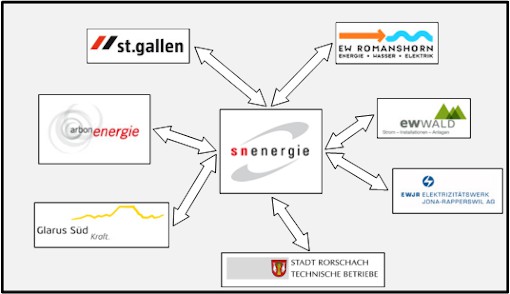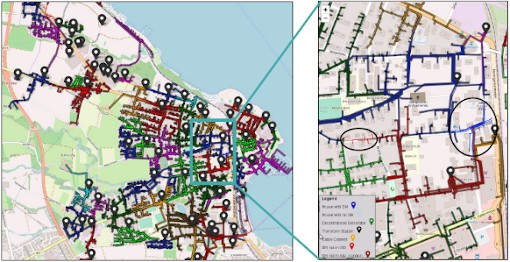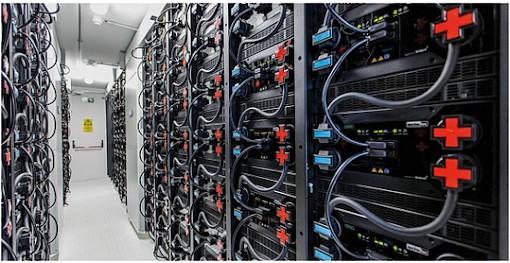Smart City of Arbon (Switzerland)
Data of the city for 2018
Total Annual Energy Consumption
108 GWh
Installed PV Capacity
3.8 MW
Introduction
The Swiss pilot takes place in the smart city of Arbon, which has more than 14’000 inhabitants, in northeast Switzerland. Arbon Energie plays the role of distribution system operator (DSO) and is supplied with electricity by the regional energy supplier SN Energie that is a consortium of seven energy suppliers.
In 2018, the total sales of Arbon Energie to its customers were about 108 GWh. While at the 17-kV level 17 customers were counted in 2018, 9’336 customers were supplied with electricity at 0.4 kV.
As for the 17-kV grid, 53 substations with a total installed capacity 120 MVA were counted in 2018, while 248 distribution cabins existed at the 0.4 kV level. More than 12’000 smart meters (almost all Siemens AG produced) and load switching devices are managed under the operation of the city. Moreover, around 80 power quality measurement units have been installed in around 20 17-kV substations. A stationary battery energy storage system (BESS) with energy and power capacities of 1.35 MWh and 1.25 MW, respectively, has been installed at 17 kV. The BESS unit is operated by a third party providing mainly ancillary services and peak shaving.
Albeit the BESS unit provides ancillary and grid operation services, there exists a discussion for additional services mainly for the higher exploitation of BESS potential, while increasing the economic viability of BESS project. In particular, the BESS can also be used by the DSO to flatten the power demand profile by storing energy during off-peak periods and releasing it during peak load periods. In this context, Fachhochschule Nordwestschweiz (FHNW), Institute of Electric Power Systems and Università della Svizzera italiana (USI), Alari Advanced Learning and Research Institute (ALaRI) in collaboration with Arbon Energie AG examine the performance of optimization-based control schemes for the BESS operation, while achieving accurate load demand prediction by using suitable forecasting methods. In summary, the main objectives of the Swiss test case are, as follows:
- Evaluation of the flexibility potential gained by the application of the proposed optimization schemes for the BESS operation.
- Assessment of advanced graph-based machines learning techniques combined with clustering methods for the improvement of load forecasts in different levels of Arbon distribution network.
- Combination of the optimization scheme with the most suitable forecasting method to eliminate the forecasting errors and to maximize the profits gained through peak power shaving when operating properly the central BESS unit.
- What-if analysis aimed at assessing potential impact of insertion of various types of consumers, producers or prosumers in the specific points in the grid.


